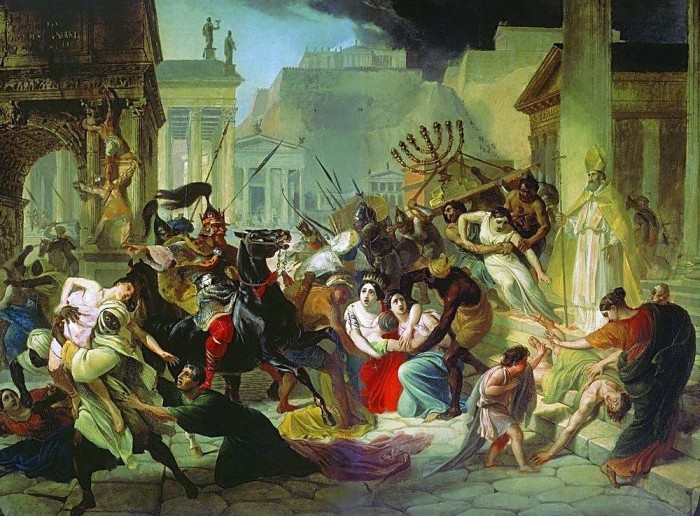
“Even as we remember the past, Pearl Harbor Day is an apt time to look ahead to the future.”
By Christopher Kelly
SEVENTY-SIX YEARS ago this week, warplanes of the Imperial Japanese Navy carried out a surprise attack on Pearl Harbor bombing and torpedoing the U.S. fleet at anchor there. More than 2,400 Americans died in the raid.
Every Dec. 7 since, many pause to look back and reflect on what President Franklin D. Roosevelt famously called a “Day of Infamy.” The impact of that fateful moment was far reaching. Pearl Harbor touched off a national panic, particularly along the United States’ west coast. For months afterwards, residents from Seattle to San Diego lived in fear of enemy air raids and sabotage. Some expected Japanese infiltration, even invasion. A number of incidents suggested the alarmists might be right.

In February of 1942, a Japanese submarine shelled the Ellwood oil refinery near Santa Barbara with its deck guns. In June of that same year, the U.S. military base at Fort Stephens, Oregon was bombarded by another enemy sub. Also in June, two of Alaska’s remote Aleutian islands, Attu and Kiska, were invaded and occupied by Japanese troops. Nearby Dutch Harbor was even bombed.
As war fever continued to spread throughout the United States, Japanese-Americans were rounded up and shipped off to internment camps. More than 110,000 U.S. citizens of Japanese descent had their property seized and their constitutional rights denied. It was a gross overreaction by the government, but to many at the time, the threat and the danger from Japan seemed all too real.

As the war continued, America would again find itself in the crosshairs. Beginning in 1944, the Japanese army launched thousands of Fu-Go balloon bombs, each carrying incendiary explosives across the Pacific and over the continental United States. Tokyo hoped to set American forests ablaze and sow panic among the population. The Earth’s jet stream propelled these devices to at least 15 America states including Wyoming and Iowa. A handful made it as far east as Michigan. In May 1945, six people were killed in Oregon by a Japanese balloon bomb.
Today, Americans forget these threats, many of which have been lost in the larger narrative of the Second World War. Most remember the United States mainland as invulnerable during the conflict. It’s a misconception that’s widely harbored. Were we not protected by the Atlantic and Pacific Oceans? Are we not still? We tend to forget that these great protective moats have also been highways for invasion and attack.
Even as we remember the past, Pearl Harbor Day is an apt time to look ahead to the future and consider the threats our homeland currently faces.

Seventy-six years ago, the danger was from Imperial Japan. Today, it’s the blustering dictator of North Korea that menaces us. Kim Jung Un’s ability to attack the U.S. with intercontinental weapons is not entirely without historic precedent, but the potential scale of destruction it represents is. Two North Korean missiles have already been fired through Japanese airspace; the risks of escalation are frighteningly palpable.
The events of Dec. 7, 1941 famously galvanized public opinion in the United States. “Remember Pearl Harbor!” became a rallying cry. And a nation that was woefully unprepared for war was quickly transformed into what became known as the arsenal of democracy.
Surveying the political landscape today, America seems more divided than ever. Will we have the wisdom to recognize the threats that face us, to remain vigilant and to preserve peace in a world troubled by murderous dictators? Will our leaders have the good judgement to meet these threats without plunging humanity into Armageddon?
About the Author
 Christopher Kelly, an American history writer based in Seattle and London, is co-author with English historian Stuart Laycock of America Invaded: A State by State Guide to Fighting on American Soil (August 2017). Other titles by Kelly and Laycock include: America Invades: How America has invaded or been Militarily Involved with nearly every Country on Earth and Italy Invades: How Italians Have Conquered the World. Kelly has also edited An Adventure in 1914: The True Story of an American Family’s Journey on the Brink of World War I. His articles and op-eds have appeared in publications including USA Today, Investor’s Business Daily, The New York Daily News and The San Francisco Chronicle, and he has conducted more than 200 radio interviews.
Christopher Kelly, an American history writer based in Seattle and London, is co-author with English historian Stuart Laycock of America Invaded: A State by State Guide to Fighting on American Soil (August 2017). Other titles by Kelly and Laycock include: America Invades: How America has invaded or been Militarily Involved with nearly every Country on Earth and Italy Invades: How Italians Have Conquered the World. Kelly has also edited An Adventure in 1914: The True Story of an American Family’s Journey on the Brink of World War I. His articles and op-eds have appeared in publications including USA Today, Investor’s Business Daily, The New York Daily News and The San Francisco Chronicle, and he has conducted more than 200 radio interviews.









